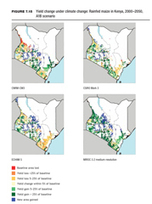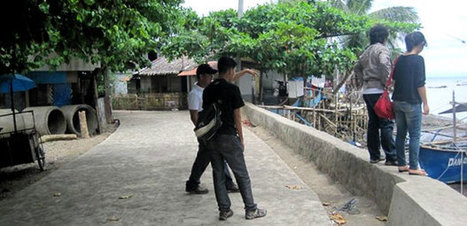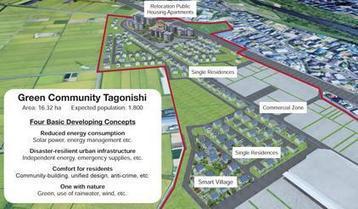The study, which was funded in part by the CGIAR Research Program on Climate Change, Agriculture and Food Security (CCAFS), offers a detailed snapshot of Kenyan agriculture now and predicts how shifting demographics and future growing conditions could affect food security and crop production. The analysis includes projections for crop yields, population growth, and income, as well as scenarios for climate change from four different models. When taken together, these projections reveal a number of insights about Kenya’s future...
Population rising but GDP must catch up
The report notes that populations are projected to rise anywhere from 75% to 150% by 2050, increasing pressure on productive resources, which could lead to food insecurity. There is also an increasing trend towards urbanization. Though GDP is on the rise, growth rates may remain very slow unless Kenya implements policies to stimulate economic growth while concurrently reducing the rate of population growth...



 Your new post is loading...
Your new post is loading...










